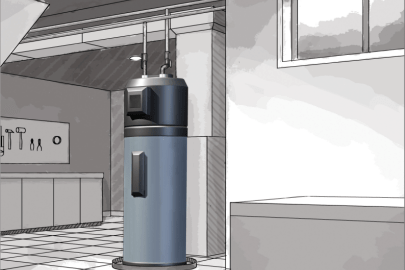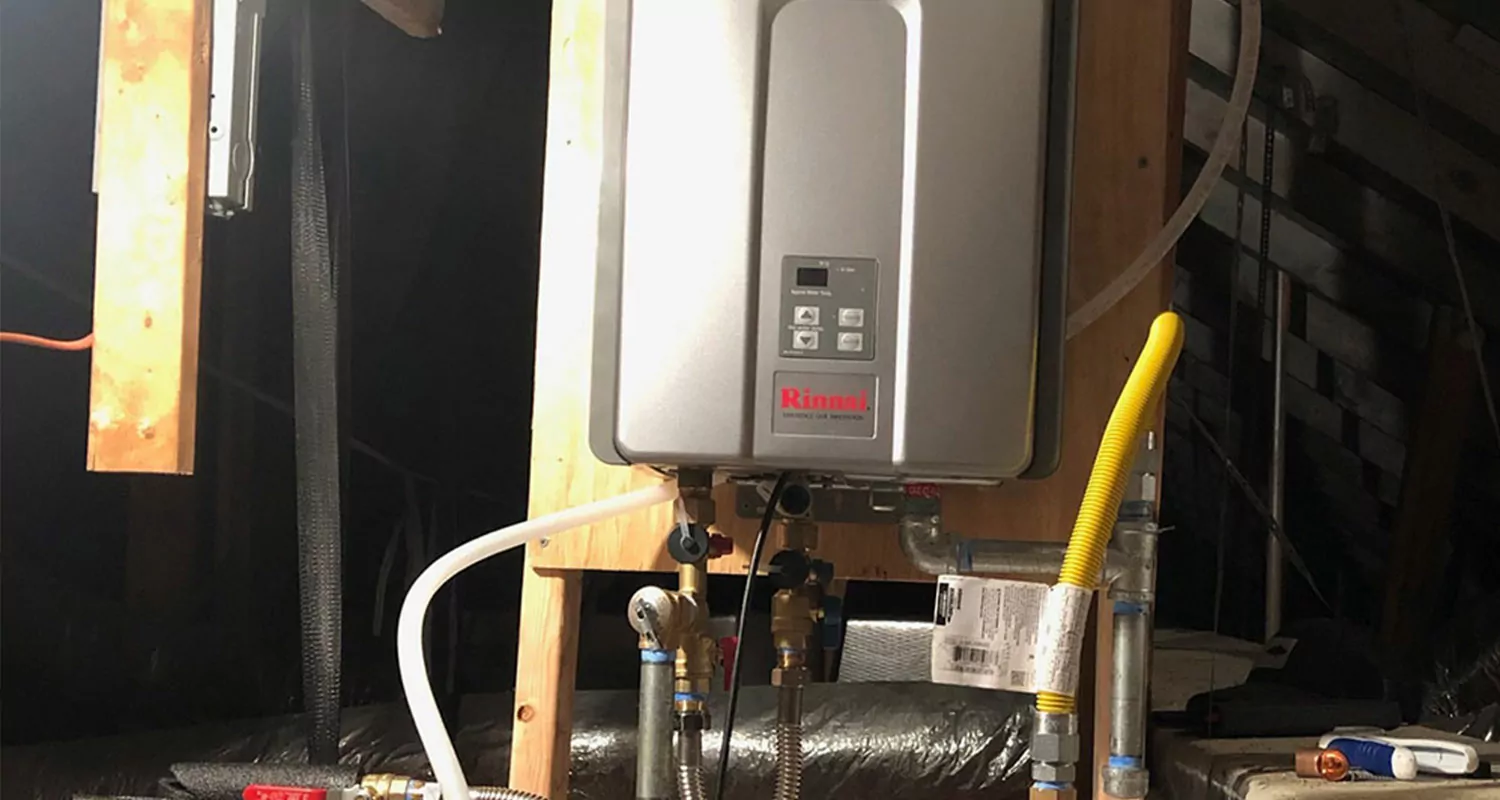Expert Guidance on Caring for Your Home's Hot Water System
Expert Guidance on Caring for Your Home's Hot Water System
Blog Article
We have stumbled upon this great article pertaining to How to Maintain a Hot Water Heater in a Few Simple Steps directly below on the web and figured it made perfect sense to relate it with you in this article.

Warm water is vital for day-to-day comfort, whether it's for a refreshing shower or washing recipes. To ensure your hot water system runs successfully and lasts longer, routine upkeep is crucial. This write-up supplies sensible suggestions and understandings on how to preserve your home's warm water system to prevent disturbances and costly repair services.
Intro
Maintaining your home's hot water system could seem overwhelming, but with a few straightforward steps, you can ensure it operates efficiently for several years to find. This overview covers every little thing from understanding your hot water system to do it yourself upkeep tips and understanding when to call professional assistance.
Value of Keeping Your Warm Water System
Routine maintenance not just extends the lifespan of your hot water system however additionally ensures it operates effectively. Disregarding maintenance can lead to reduced effectiveness, greater power bills, and even early failing of the system.
Indications Your Warm Water System Needs Maintenance
Understanding when your warm water system requires attention can avoid major problems. Watch out for indicators such as irregular water temperature, strange sounds from the heater, or rusty water.
Flushing the Water Heater
Flushing your water heater removes sediment build-up, boosting performance and lengthening its life.
Monitoring and Changing Anode Rods
Anode poles stop rust inside the storage tank. Evaluating and changing them when broken is critical.
Facility Problems Needing Expert Aid
Instances consist of significant leaks, electrical problems, or if your hot water heater is continually underperforming.
Routine Professional Maintenance Conveniences
Specialist upkeep can consist of complete assessments, tune-ups, and ensuring conformity with security requirements.
Inspecting and Readjusting Temperature Level Settings
Adjusting the temperature level setups makes certain ideal performance and safety and security.
Do It Yourself Tips for Maintenance
You can execute numerous maintenance jobs yourself to keep your warm water system in top condition.
Looking for Leaks
On a regular basis evaluate pipes and links for leakages, as these can bring about water damage and higher costs.
Understanding Your Hot Water System
Before diving right into maintenance jobs, it's useful to understand the fundamental components of your warm water system. Usually, this includes the water heater itself, pipes, anode rods, and temperature level controls.
Regular Monthly Upkeep Tasks
Regular month-to-month checks can aid catch small issues prior to they escalate.
Checking Pressure Alleviation Valves
Evaluating the stress relief valve guarantees it operates properly and protects against extreme stress accumulation.
Shielding Pipes
Protecting warm water pipelines reduces warm loss and can conserve energy.
When to Call a Specialist
While DIY maintenance is valuable, some issues need specialist competence.
Verdict
Routine upkeep of your home's warm water system is important for effectiveness, long life, and cost savings. By complying with these pointers and knowing when to seek specialist aid, you can ensure a trustworthy supply of warm water without unexpected disturbances.
How to Maintain an Instant Hot Water Heater
Before tinkering with your hot water heater, make sure that it’s not powered on. You also have to turn off the main circuit breaker and shut off the main gas line to prevent accidents. Also turn off the water valves connected to your unit to prevent water from flowing into and out of the appliance. 2. When you’re done, you have to detach the purge valves’ caps. These look like the letter “T†and are situated on either side of the water valves. Doing so will release any pressure that has accumulated inside the valves while at the same time avoid hot water from shooting out and burning your skin. 3. When the purge valves’ caps are removed, you have to connect your hosing lines to the valves. Your unit should have come with three hoses but if it didn’t, you can purchase these things from any hardware or home repair shops. You can also get them from retail stores that sell water heating systems. Read the user’s manual and follow it to complete this task properly. When the hosing lines are connected, open the purge port’s valves. 4. You should never use harsh chemical cleaners or solutions when cleaning your unit. Make use of white vinegar instead. It should be undiluted and you’ll probably use about 2 gallons. 5. Now flush your water heater. This task should probably take about 40 minutes. We can’t give you specific directions for this because the procedure is carried out depending on the type, model and brand of your heater. With that being said, refer to the user’s manual. 6. When you’re done draining the unit, you have to turn off the purge port valves again. Remove the hosing lines that you earlier installed on each of the water valves. Put the valve caps (purge port) back in their respective places and be very careful so as not to damage the rubber discs that are found inside these caps. 7. Now that everything’s back in place, check your user’s manual again to find out how to reactivate your water heating system. 8. Once it is working, turn one of your hot water faucets on just to let air pass through the heater’s water supply pipes. Leave the tap on until water flows smoothly out of it. https://www.orrplumbing.com/blog/2014/september/how-to-maintain-an-instant-hot-water-heater/

As an avid person who reads about Tips on Maintaining a Water Heater, I assumed sharing that portion was worthwhile. Make sure you set aside a second to promote this content if you enjoyed reading it. Thank-you for going through it.
Schedule Your Service Report this page